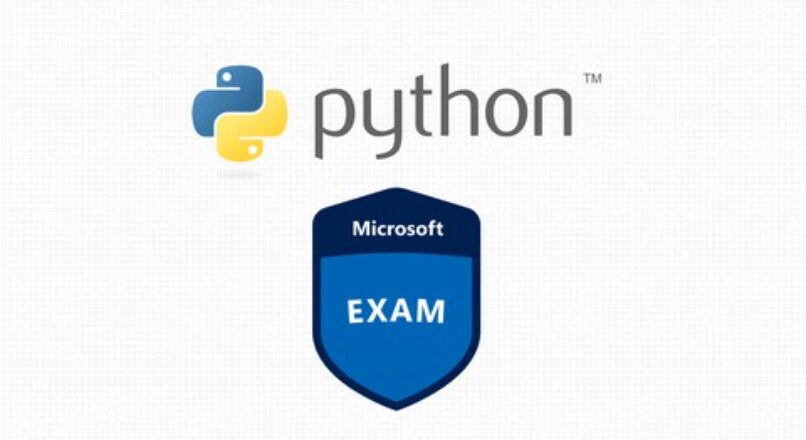
Microsoft Python Certification Practice Questions 98-381

Prezzo: $34.99
Microsoft’s Python Certification is a beginner level Python Certification exam designed to test the basic knowledge of Python. This practice test will prepare you for the Python Certification by letting you practice on tricky questions that will test your knowledge of basic python.
Examination Format
-
Tipo di domande – Multiple choices, multiple answers, lagna & drop, selection from drop-down list
-
Tempo – 45 minuti
-
Numero di domande – 40
-
Punteggio per passare – 70 %
Candidates for this exam should be able to recognize and write syntactically correct Python code, recognize data types supported by Python, and be able to recognize and write Python code that will logically solve a given problem.
Candidates are expected to have had, at a minimum, instruction and/or hands-on experience of approximately 100 hours with the Python programming language, be familiar with its features and capabilities, and understand how to write, eseguire il debug, and maintain well-formed, well documented Python code
The following areas are measured
-
Perform Operations using Data Types and Operators (20-25%)
-
Perform Input and Output Operations (20-25%)
-
Perform Troubleshooting and Error Handling (5-10%)
-
Control Flow with Decisions and Loops (25-30%)
-
Document and Structure Code (15-20%)
-
Perform Operations Using Modules and Tools (1-5%)
————————————————————————————
Perform Operations using Data Types and Operators (20-25%)
Evaluate an expression to identify the data type Python will assign to each variable.
-
Identify str, int, float, and bool data types
Perform data and data type operations
-
convert from one data type to another type
-
construct data structures
-
perform indexing and slicing operations
Determine the sequence of execution based on operator precedence
-
Incarico
-
Confronto
-
Logical
-
Aritmetica
-
Identità (è)
-
Containment (nel)
Select the appropriate operator to achieve the intended result
-
Incarico
-
Confronto
————————————————————————————
Control Flow with Decisions and Loops (25-30%)
Construct and analyze code segments that use branching statements
-
Se
-
elif
-
else
-
nested and compound conditional expressions
Construct and analyze code segments that perform iteration
-
mentre
-
per
-
rompere
-
continue
-
passaggio
-
nested loops and loops that include compound conditional expressions
————————————————————————————
Perform Input and Output Operations (20-25%)
Construct and analyze code segments that perform file input and output operations
-
Identità e gestione degli accessi
-
vicino
-
leggere
-
Scrivi
-
append
-
check existence
-
Elimina
-
with statement
Construct and analyze code segments that perform console input and output operations
-
read input from console
-
print formatted text
-
use of command line arguments
————————————————————————————
Document and Structure Code (15-20%)
Document code segments using comments and documentation strings
-
use indentation, white space, Commenti, and documentation strings
-
generate documentation by using pydoc
Construct and analyze code segments that include function definitions
-
call signatures
-
default values
-
ritorno
-
def
-
passaggio
————————————————————————————
Perform Troubleshooting and Error Handling (5-10%)
Analizzare, rilevare, and fix code segments that have errors
-
syntax errors
-
logic errors
-
runtime errors
Analyze and construct code segments that handle exceptions
-
try
-
tranne
-
else
-
finalmente
-
raise
————————————————————————————
Perform Operations Using Modules and Tools (1-5%)
Perform basic operations using built-in modules
-
matematica
-
datetime
-
io
-
sys
-
os
-
os.path
-
random
Solve complex computing problems by using built-in modules
-
matematica
-
datetime
-
random





Lascia un commento
Devi accesso o Registrati per aggiungere un nuovo commento .